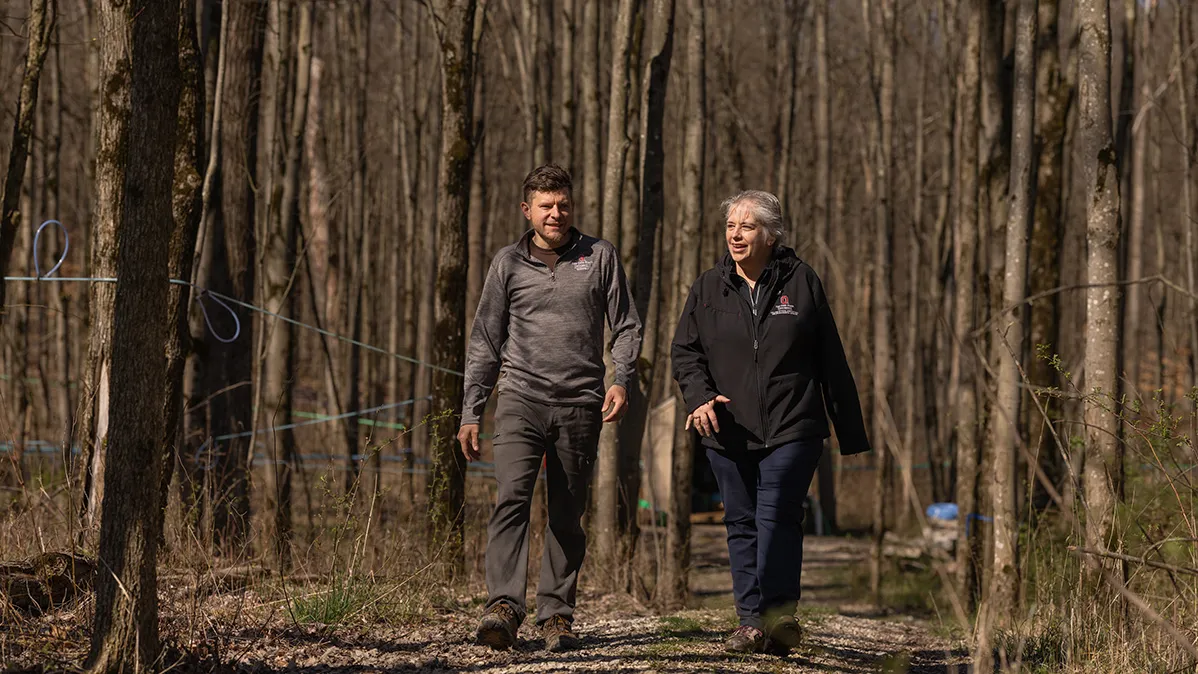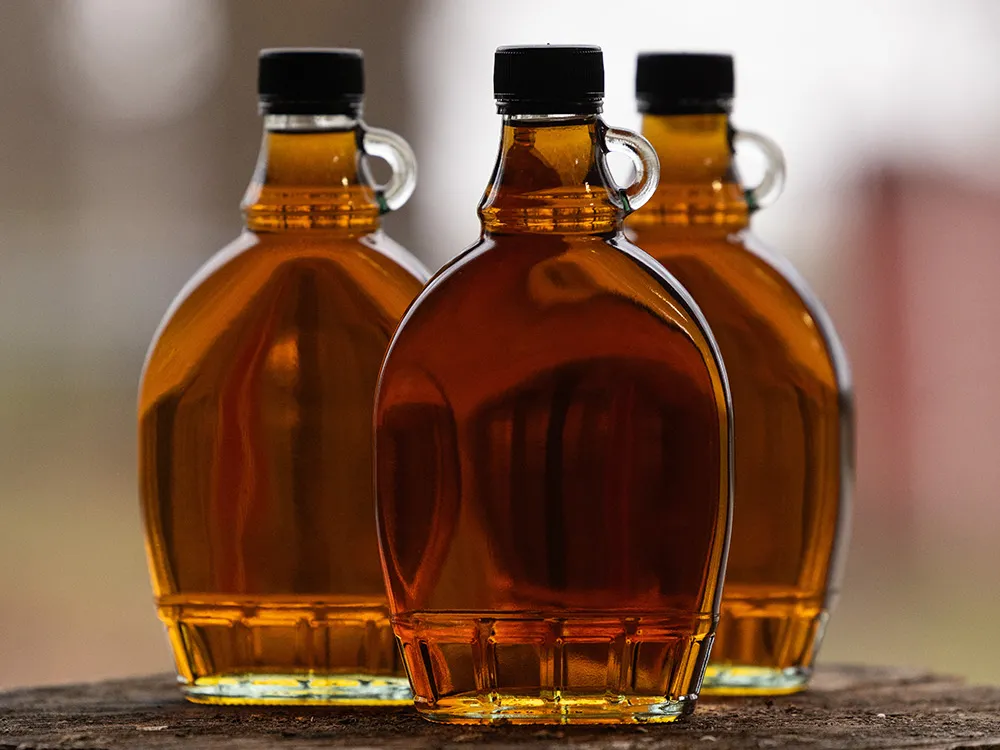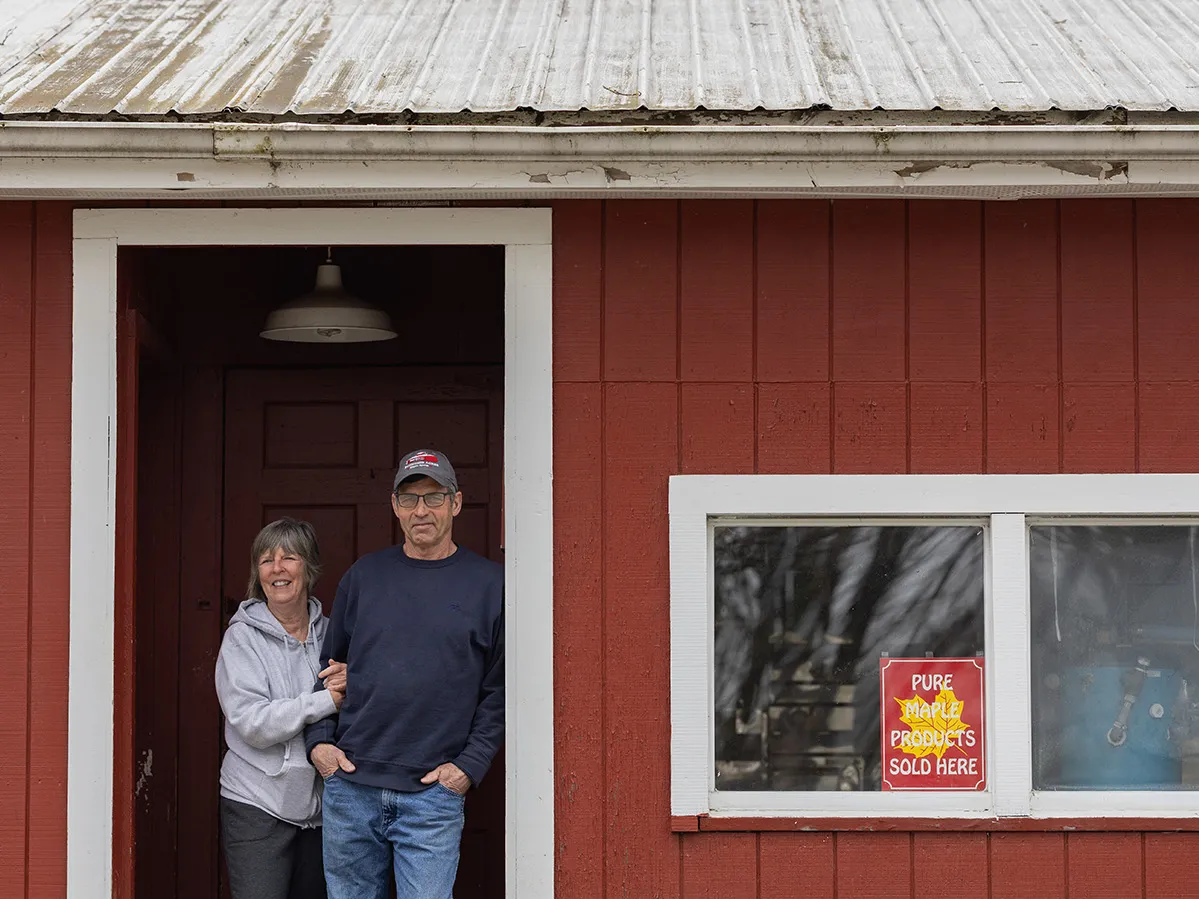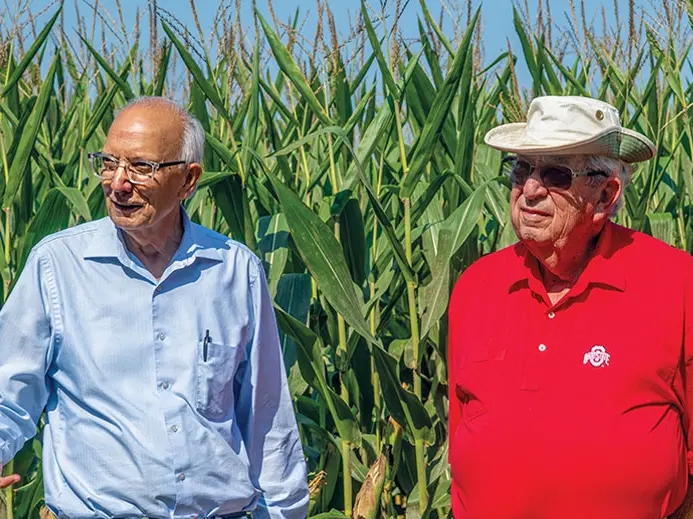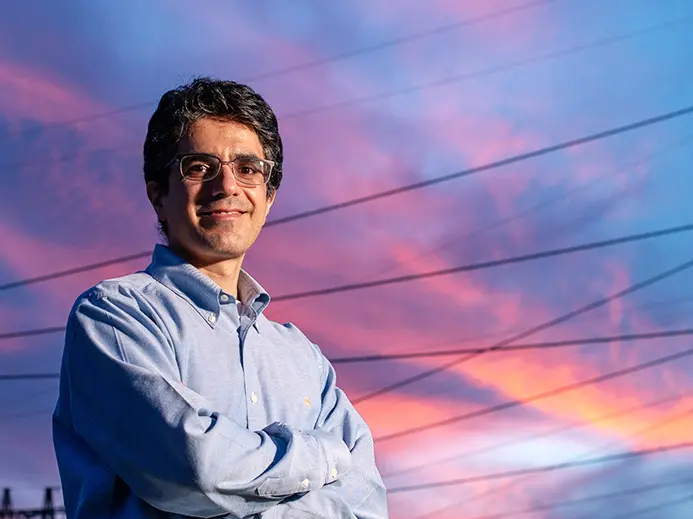With winters warming in Ohio, maple syrup producers are scrambling to adapt to climate changes that may impact syrup production and practices that date back hundreds of years.
For answers, many producers are looking to Ohio State, which is at the forefront of research to determine the effects of climate change on maple trees and provide information to help Midwestern maple syrup producers adapt and thrive.
“Up until now, there’s been very little research specific to Ohio and the Midwest,” says Gabe Karns, a visiting assistant professor at Ohio State. “Most research has concentrated on large maple-producing states like Vermont and New York, which experience a different climate than Ohio, and most research has focused on just one species, the sugar maple.”
Sugar maples are the most popular tree for tapping because their sap has a higher sugar content than other maple species. But sugar maples may be at risk. Many scientists believe that as temperatures rise, the range of maple trees will move northward toward Canada, and states in the southern range like Ohio will lose sugar maples.
If that proves to be true, producers’ livelihoods could be threatened if they don’t find other maples to tap. But are there worthwhile candidates? To find out, Karns and his small team recently conducted research in the 19-acre sugar bush at Ohio State Mansfield. The $217,148 project was funded by the U.S. Department of Agriculture.
For three years, Ohio State researchers tapped a hybrid of red and silver maples called “rilvers” in addition to sugar maples. They’ve learned that the hybrid trees’ sap has a lower sugar content, but advances in technology have greatly improved the yield from these hybrids and make them good candidates for sugaring.
Ohio State has shared these findings with maple producers, and some have changed their practices by tapping red and silver maples along with hybrids.
“We instantly added thousands of taps across the state simply because producers were no longer walking past a maple tree that they assumed would be a drain on their production potential,” Karns says. “Not only are we increasing taps, we’re increasing production on trees that will probably not be impacted as badly as sugar maples.”
Dan Brown, treasurer of the Ohio Maple Syrup Producers Association, says Ohio State’s work in the field is significant.
“It’s really valuable because we now have information specific to Ohio,” Brown says. “And the research is going to be very important in the next 50 years, because Ohio is on the southern edge of the maple region, and we’re going to see the first impacts of warming.”
